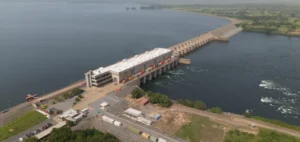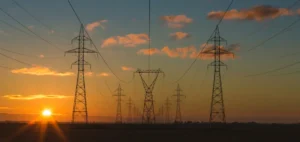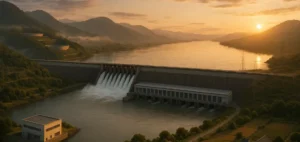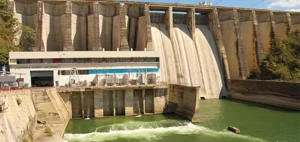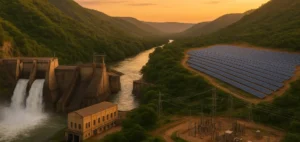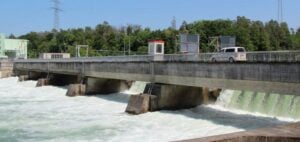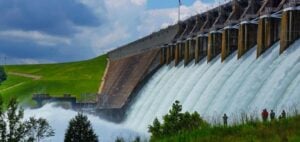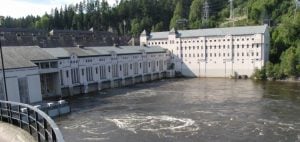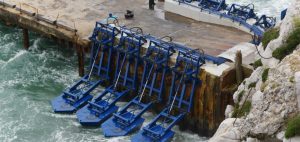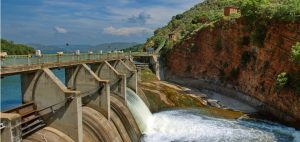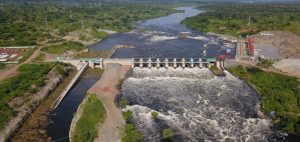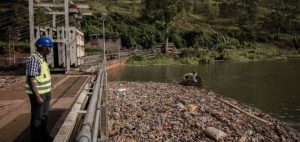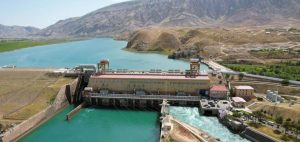Ontario Power Generation’s (OPG) renovation of the R.H. Saunders Generating Station represents a substantial effort to modernize one of Ontario’s most important hydroelectric infrastructures. Located on the St. Lawrence River in Cornwall, this power station is crucial to the province’s renewable energy production. In addition, the investment of over $600 million is aimed at rehabilitating 16 generator units, each of which will undergo major mechanical, electrical and civil upgrades to increase efficiency and production capacity.
Technical and environmental improvements
Each unit at the R.H. Saunders station will benefit from a major refurbishment, including replacement of the 62-ton turbines and their steel blades. The old turbines will be replaced by newer, more efficient models. They require less water to generate the same amount of electricity. This optimization not only improves the efficiency of energy generation, but also helps preserve local water resources. In addition, significant improvements are planned for the plant’s equipment and facilities. The 300-ton gantry crane is to be replaced. An essential structure for handling the heavy components of generator units.
Community and economic impact
The initiative will bring significant economic benefits to local and indigenous communities, creating hundreds of skilled, well-paid jobs over the coming decades. The mayor of Cornwall, as well as representatives of the aboriginal communities, expressed their support for the project, recognizing its potential to revitalize the local economy and provide clean, sustainable energy for the future in the region. At the same time, the retrofit will strengthen Ontario’s energy infrastructure in the face of growing demand. A demand driven by the growing electrification of transport and other sustainable development initiatives.
Cross-border collaboration to manage the St. Lawrence River
The R.H. Saunders power station is part of the Moses-Saunders Dam, a facility shared with the United States via the New York Power Authority (NYPA). This partnership illustrates a successful model of water resource management and renewable energy production on an international scale. The two nations work closely together to optimize the benefits of this shared resource. They maintain unified operational and safety practices that benefit the entire St. Lawrence River region.
Ontario Power Generation is renovating the Saunders power station, aligning this project with the province’s sustainability and energy efficiency objectives. By improving the performance of this hydroelectric plant, OPG is meeting the growing demand for clean energy and contributing to regional economic prosperity and environmental protection for the future.



